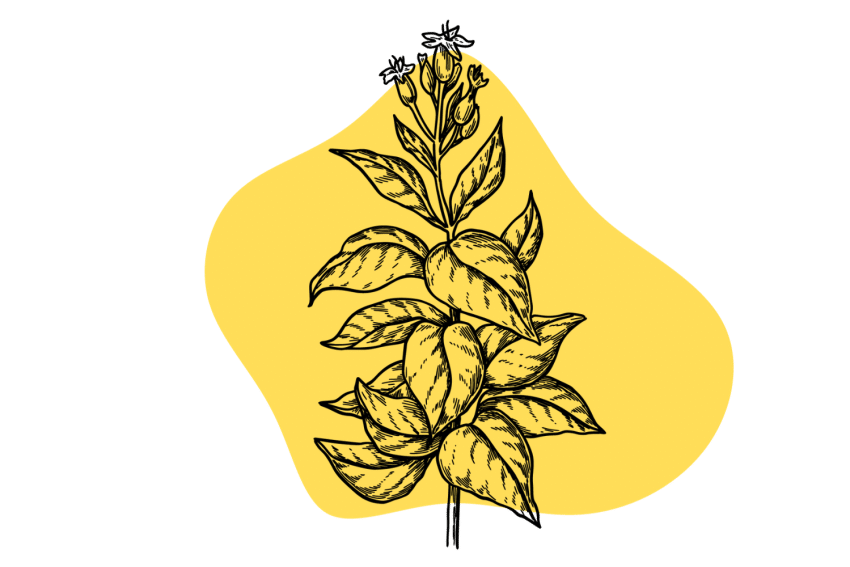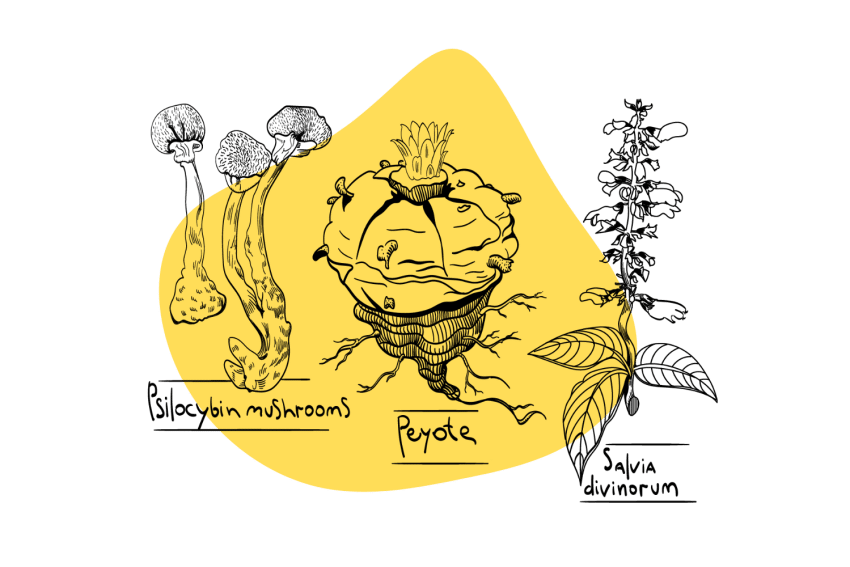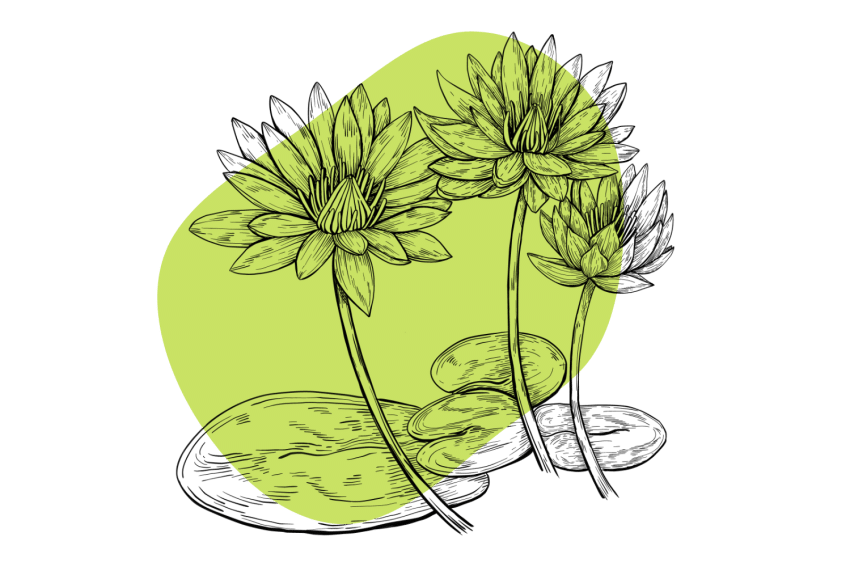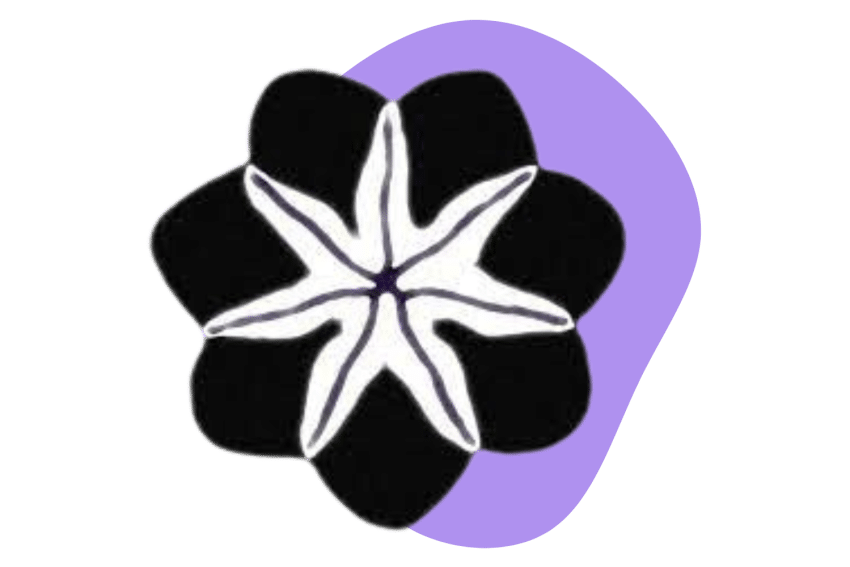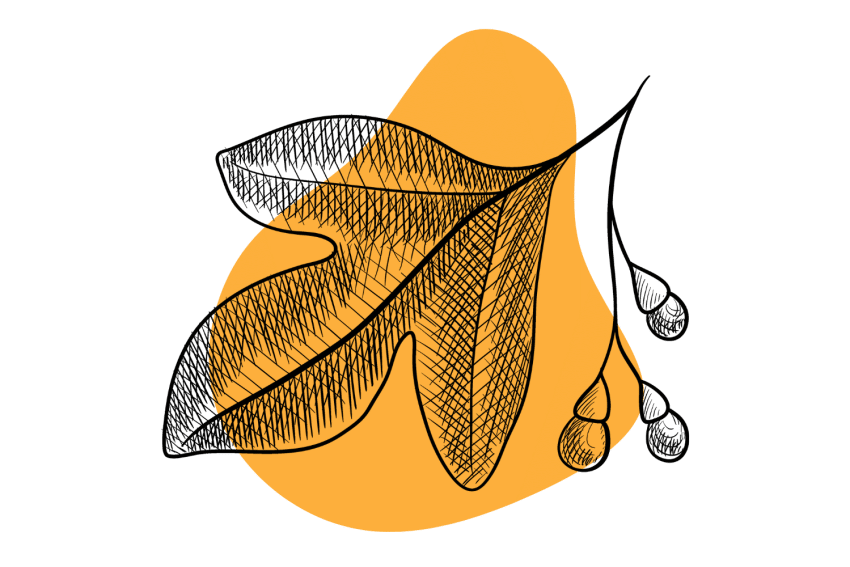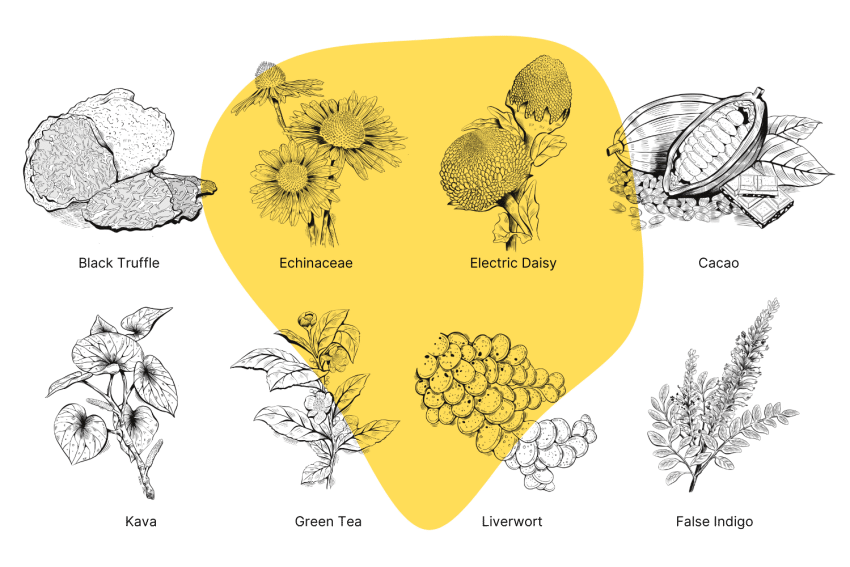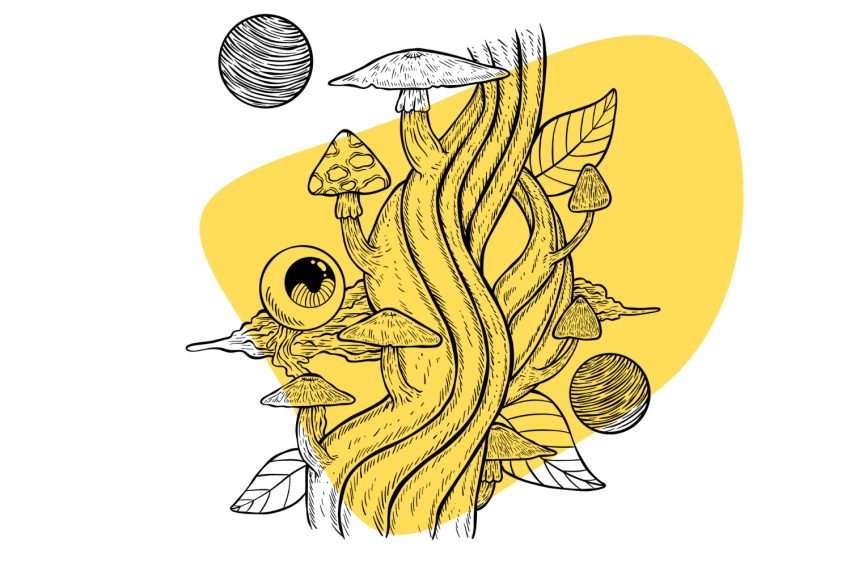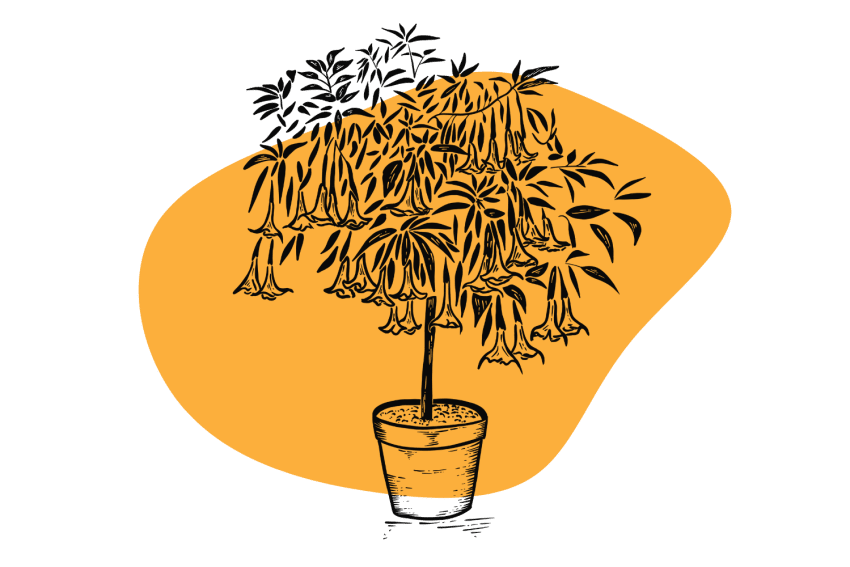Category: Natural Psychedelics
The natural world is full of psychedelic and other psychoactive substances.
In fact, most synthetic psychedelics are derived or inspired by naturally-occurring substances.
Many natural psychedelics are considered entheogens — a psychedelic used for sacrament, religion, or spiritual growth and development.
Common natural psychedelics include ayahuasca, the Colorado River toad, magic mushrooms, San Pedro or peyote (mescaline), morning glory seeds (LSA), or marijuana.
Justin, Ro, and James sit down to talk about one of the most misunderstood plants of our era — tobacco.
Psychedelic drugs evolved 60 million years ago, but the biggest question remains: why? We explore the science of natural psychedelics.
White Water Lily or Nymphaea ampla is a water lily appearing in Mayan art, symbolizing shamanic transformation likely due to its mind-altering effects.
Huachuma Collective is an indigenous-led Peruvian non-profit seeking bio-cultural regeneration of the San Pedro cactus and the traditions using it.
Sassafras is often sold as MDA, but the sassafras tree has generations of use like making rootbeer and medicine — along with potential psychoactive effects.
In South America, consuming the coca leaf is common — usually via chewing or brewing it into tea. Sacred to many, this is also where we get cocaine.
Learn about 8 non-cannabis plants and fungi that contain cannabinoids, their effects on the body, and their potential applications in medicine.
Could pairing magic mushrooms with a natural inhibitor increase their potency by as much as 4x? Here’s how some are making their mushrooms even more magical.
Brugmansia is a deliriant plant closely related to datura. Powerfully psychedelic with a dark side that sends most psychonauts packing.
